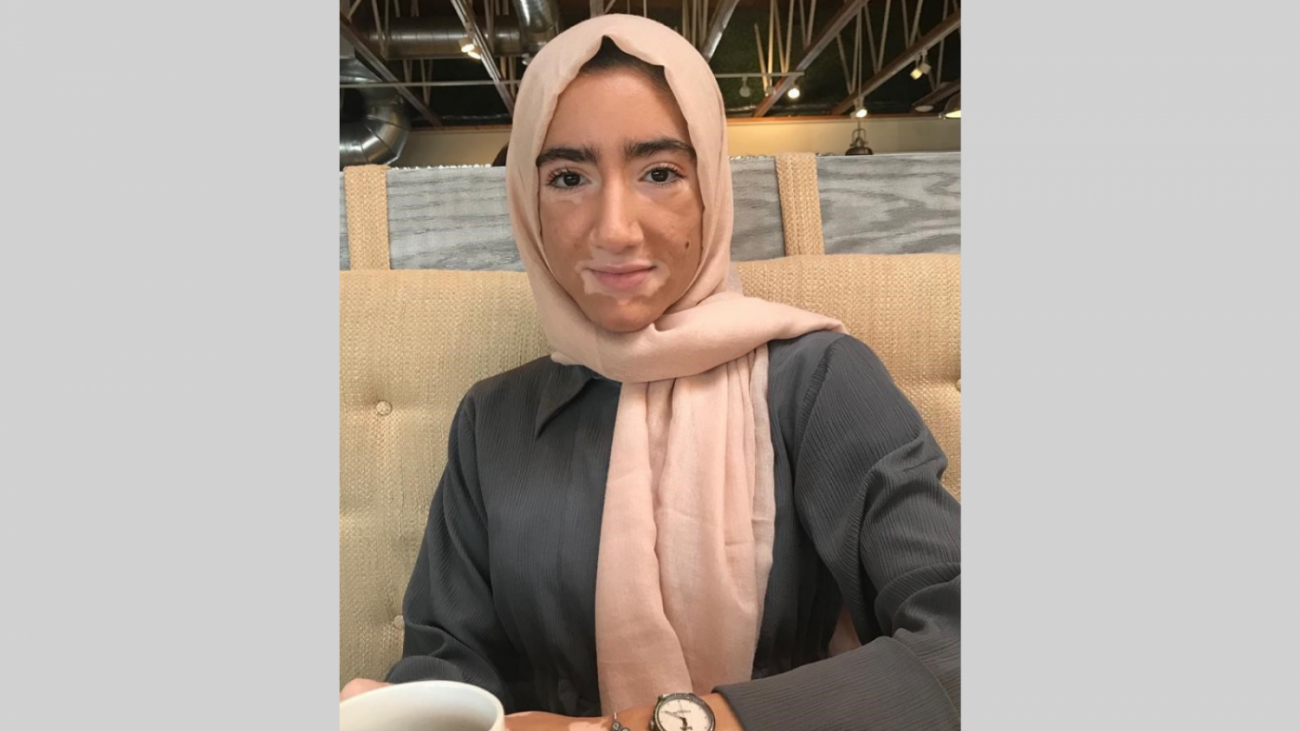What I learned about food insecurity among Pakistani university students

I was honored to have been chosen for the Global Food Security internship here at Illinois. This internship was unlike the previous years. COVID-19 has massively changed our lives and impacted our experiences.
Fortunately, just like the rest of our experiences, we can always learn and enhance ourselves from them. I took this as an opportunity to escalate my skills and better my research to further improve myself and benefit the Food Assistance and Well-Being Program (FAWBP) on campus. With the help of Dr. Prescott and College of Agricultural, Consumer, and Environmental Sciences (ACES) doctoral student Ana Mitchell I was able to understand how FAWBP is assisting students, and I was excited to use this internship opportunity to research other countries further and find what techniques Pakistan specifically may be offering their students to help them address food insecurity.
Food security is very important, and when we are blessed enough to experience it , we tend to forget that some people may be suffering from limited or absence of food. I was given the opportunity to research, email, and learn about food insecurity in Pakistan. I started out by looking up statistics and information about food insecurity relating to the entire country. According to the UN World Food Program, Pakistan is listed as number 77 out of 106 countries when it comes to food security, meaning that 60% of the entire country faces food insecurity. Alongside that, UNICEF stated that only 60% of the entire Pakistani population has access to basic sanitation services. Basic sanitation services include safe drinking water and proper restrooms. Unfortunately, 10% of the entire population practice open defecation. In addition to the issues regarding the services Pakistan lacks, the living situations aren’t that far ahead either.
In terms of living situations, the Demographic and Health Services (DHS) said that 37% of the population have 3 to 4 people living in the same room. There seems to be an overcrowding issue and you’ll rarely find people living alone. According to the Pakistan Population of Statistics, one bedroom houses in rural areas contain around 41.65% of the population. While in urban areas, two bedroom houses represent 31.68% of the population. These were the highest numbers present. Even though urban areas may sound a bit better in terms of room numbers, it still isn’t enough if we are comparing the room numbers to the household size. The Population Reference Bureau states that the average Pakistani household consists of 6.6 persons while the United States consists of 2.6. This underscores the difference between the economic strains and financial struggles that Pakistanis experience compared to that of Americans. According to World Bank, in 2015, 24.3% of Pakistan’s total population was below the poverty line. Comparitively, Urban Institiute states that 13.7% of the United States lies below the poverty line. On the report initiated by World Bank, Pakistan has experienced a GDP per capita of $1,284, while the U.S. has a GPA per capita of $65,297. The country as a whole is struggling, and it was bewildering to find out all this information.
Upon identifying the country’s food insecurity struggle as a whole, I decided to dig deeper and research how students at Pakistani universities are coping with food insecurity. During my research, I contacted Pakistani professors to get some inside statistics and specific information that was not available online. Students who attend the morning classes can live in the dorms provided by the university. However, other part-time or evening students do not have that opportunity. For the students who attend full-time, universities may provide resources to help them meet basic needs. For example, cafes and canteens that are supported by universities may offer students a certain discount to help with their situations. One professor also noted that although Pakistan is aware of the severity of food insecurity issues, they are still in the process of starting new programs to obliterate this issue. It is still a work in progress and something they hope to overcome in the near future.
After all the research and effort I put into my internship experience, I realized just how important is it for students to have food security. Not being able to gain access to healthy and readily available foods can be very difficult. This is certainly one issue that should be at the top of the list to address. We need to ensure that every person has an equal opportunity to live a sufficient and healthy lifestyle. Not only will that help them improve their academic performance, but it will also address any health issues that seem to be so prominent among developing countries. I hope that as a future dietitian I can further use my knowledge acquired during this internship to educate and promote the addition of resources that can effectively address food insecurity among students.
Zainab Alzoubi, a student in food sciences and human nutrition, worked with Melissa Plugh Prescott investigating programs that address food insecurity in Pakistan.
Through the Global Food Security Interns program, ACES International is supporting talented and motivated undergraduate students to work with ACES faculty or staff on food-security-related projects in low and middle-income countries. In early 2021, six undergrads received funding as global food security interns.